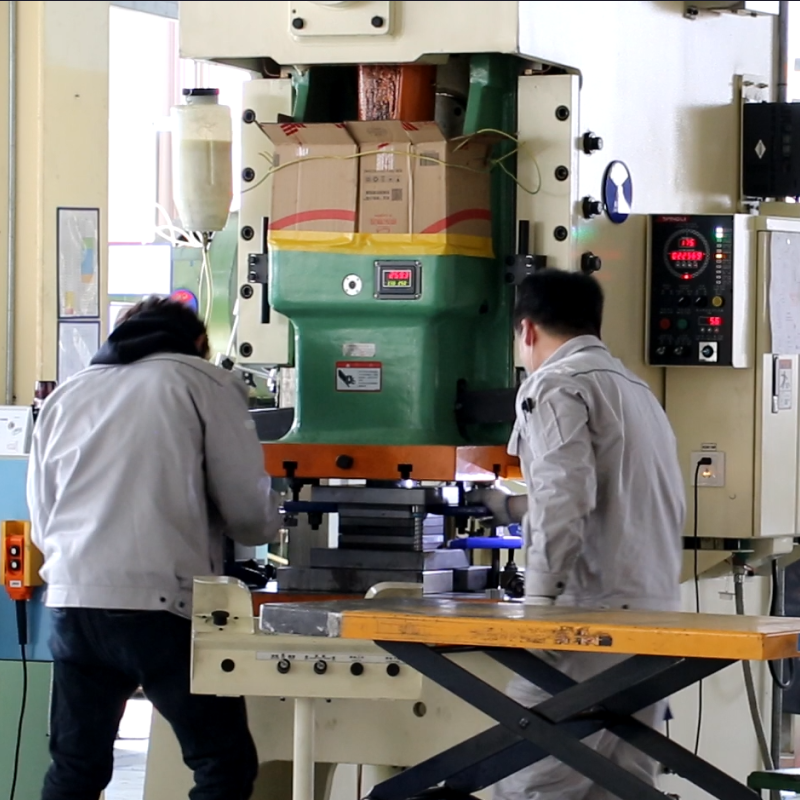Home > Company News > Several golden rules for selecting materials in stamping processing
Company News

In stamping processing, the selection of materials is crucial, because it not only affects the quality and precision of the parts, but also relates to the production efficiency and economic benefits. Therefore, understanding the selection rules of stamping materials is the key factor to improve the quality of stamping products and production efficiency.
1. According to the different categories and mechanical property requirements of stamping parts, choose suitable materials.
For example, flat blanking parts usually choose Q195, electrical silicon steel and other materials with lower tensile strength; bending parts can choose Q275, No. 45 steel and other materials with higher tensile strength; and for complex drawn parts, it is necessary to choose materials with better ductility, such as 08F and pure aluminum.
At the same time, for fine blanking materials, ordinary carbon structural steel in the Q195 ~ Q275, high quality carbon structural steel in the 08, 10 steel, etc. are good choices, and for non-ferrous metals, brass, bronze, pure copper, etc. can be fine blanking. These materials have their own characteristics in mechanical properties and can meet different stamping processing needs.
2. Consider the hardness and elongation of the material.
During the stamping process, the hardness of the material will affect the degree of wear of the mold and the surface quality of the stamped part, while the elongation is directly related to the shape and dimensional accuracy of the stamped part. Therefore, when selecting materials, the hardness and elongation of the materials should be considered comprehensively according to the specific use and technical requirements of the stamped parts.
3. Consider the processability and economy of the material.
On the one hand, the selected material should have good processability, including easy cutting, molding and heat treatment, etc., in order to reduce the processing difficulty and cost. On the other hand, under the premise of meeting the technical requirements, materials with lower cost should be selected as far as possible to improve the market competitiveness of the product. In addition, factors such as the availability of materials and environmental requirements should also be taken into account.
4. Pay attention to the compatibility and safety of materials.
In the process of multi-process stamping processing, the compatibility between different materials should not be ignored. For example, when processing different types of stamping parts on the same production line, it should be ensured that there will be no problems such as chemical reaction or mutual interference between the selected materials. Meanwhile, in order to ensure the safety of stamping operations, priority should be given to selecting materials that meet the requirements of safety standards and regulations, and effective safety protection measures should be taken.



